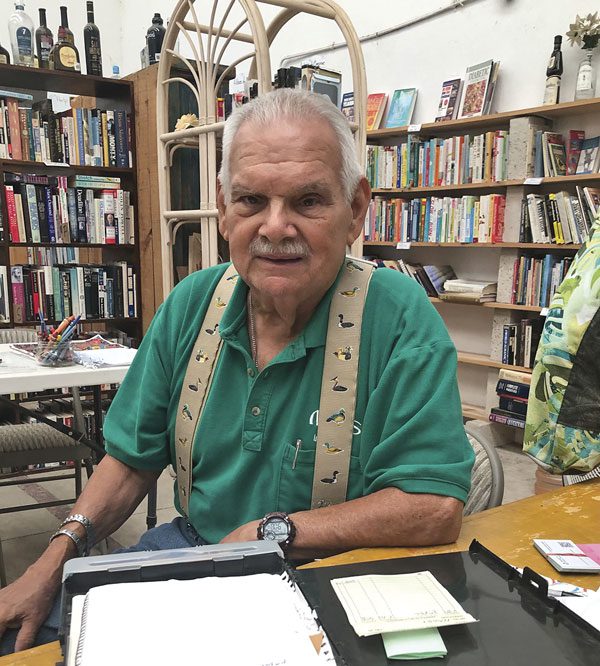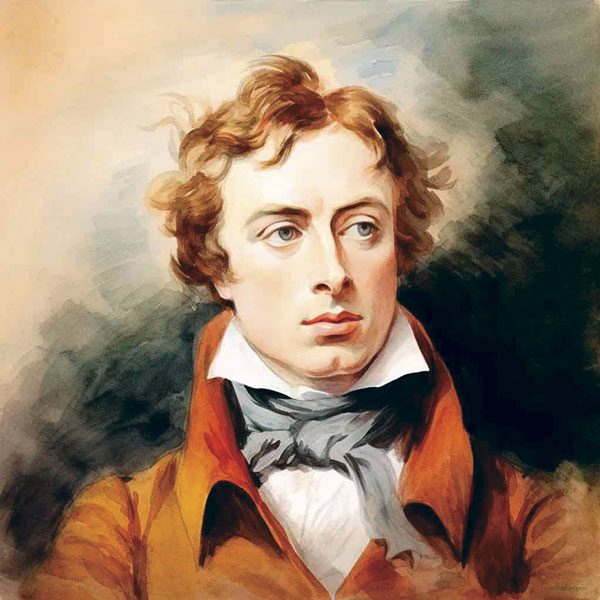
Harry Bublin arrived at lakeside 25 years ago, ready to retire. Now, at age 77, he admits that didn’t happen. Instead, he threw himself into community work, initiating and running projects ranging from recycling to roadwork to student aid. When I met him, it was in his role as retiring Vice President of the Board of Directors and Director of Operations for the Ecologica de Ribera Chapala.
I was about to begin a volunteer gig at the recycling center and Harry introduced himself and offered to give me an orientation to the history and operations of the place. It began, he said, in 2019 with a group of expats led by Tom Thompson, owner of Barbara’s Bazaar. Tom asked Harry to get involved, and next thing he knew he was on the board. The center recycles cardboard, paper, plastics, glass, and aluminum cans. Paulo, a paid employee, receives the items. Volunteers sift and sort, and so does Harry. The bookstore, located at the back of the building, staffed by volunteers, generates money to keep the center running. You can find Harry there as well, greeting customers warmly. His commitment to the success of the place is obvious.
What else has Harry Bublin done for lakeside? Originally from New Jersey, he enjoyed a long career in education, as a teacher, district supervisor and then assistant superintendent. His commitment to education continues. During COVID he realized that many local students were in danger of quitting school, so he initiated a student aid program, asking expat volunteers to adopt a student and pay their tuition and expenses. “We kept several hundred students in school,” he says with pride.
Harry’s partner in many projects was Hector Espańa, owner of Manix Restaurant. One of their first initiatives was improving the street where the Ajijic tiangus is held.
“My best friend has multiple sclerosis and requires a wheelchair. I was shocked to learn he’d never been to the tiangus because the surface of the street was so uneven and full of potholes he couldn’t navigate it safely. People were falling and breaking bones. Hector and I put together a plan to create concrete pads at the top and bottom of the street and repave it so there were two tracks suitable for the wheelchair running its length. When we approached the municipality, we learned there was the possibility for a government grant.” The street was resurfaced.
Another of their infrastructure improvements was the malecon in Ajijic. “Two bridges had to be totally resurfaced with specially treated wood. The seats on the benches were also in need of repair. They were in terrible shape. The Garden Guild helped us out on that one.”
Another memorable project was cemetery tours. “We wanted to educate gringos as to what the Day of the Dead is about. For four years, Harry convinced local ladies to dress as Katrinas and musicians and dancers to provide entertainment. They charged $100 pesos and used the proceeds to buy dispensas (food hampers) at Christmas for 150 police officers and their families.
Harry participated as a member of the Masons in valuable projects. “We helped outfit the bomberos (fire departments) in 30 different Mexican towns, obtaining uniforms, Jaws of Life, face coverings, fireproof shoes, the whole ball of wax. We funded the soccer team in San Antonio when it was still a very poor town.”
It was here in Mexico that Harry felt at home for the first time in his life. “I was orphaned at eight and grew up in foster care. When my wife and I arrived, we fell in love with the place and its people.” I think after 25 years and at least a dozen projects, the feeling is mutual.
- Harry Bublin – A Profile - October 30, 2025
- PROFILES - July 31, 2025
- Reduce, Reuse, Recycle…and Reread - May 29, 2025


 Discover trusted local services and hidden gems with our easy-to-use online directory.
Discover trusted local services and hidden gems with our easy-to-use online directory.

